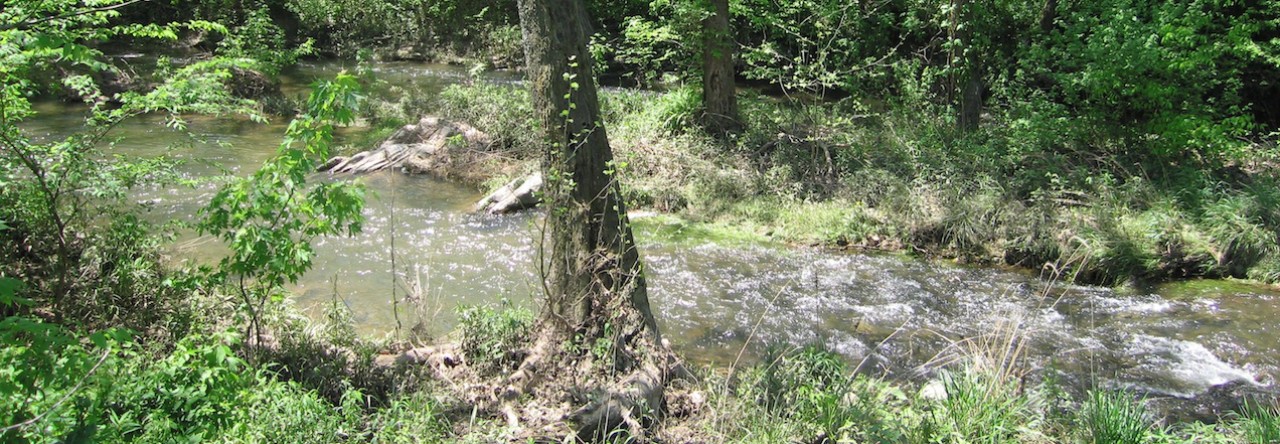Poetry assistant and archaeologist Martin Rundqvist has published a follow-up to his last November’s post about how the standard software for carbon-dating gives its answers in an idiosyncratic way. In a nutshell, the answer to “how old is this sample” comes out with confidence intervals of 68.2% and 95.4%.1 These intervals aren’t necessarily things that make sense — they could be totally disjunct periods. In MR’s case the interval is the union of 776-782 CE, 879-994 CE, and 1007-1012 CE. What use is that to anyone?
His latest post announces a solution to the biggest problem with that. In Bayesian terms, the person requesting the test has important prior information that shouldn’t be neglected when the results are computed. This problem has been solved by a software tweak so the scientist can put in a historical period and get out the probability that the sample came from that period. That’s how statistics ought to be done. Bravo, y’all!
One other thing about that figure got me interested, though. That wiggly gray line up top is the correction the software has to make for the background atmospheric concentration of carbon -14. Different years have different amounts of C-14 to start with, so the decay over time begins at a different place. There’s a big spike in the late eighth century. (The spike points downward because this is a correction factor.) It was strong enough to make the test conclude (against prior knowledge) that there was a chance the sample could have come from then. What’s that all about? It’s from outer space! In 2012, Fusa Miyake and her team measured the C-14 content of each individual ring in some old trees and calculated the year-by-year changes. People are still arguing over what the exact cause was: Solar flare? A passing comet? I’d put my bet on a coronal mass ejection, for what that’s worth. A feature film about radioactive Vikings is already in the script-development stage, I have no doubt.
Once again, I find myself thinking back to the days of my graduate study, and my self-pitying wails over the amount of work I had to do. Ha! All I did was sit at a desk. I didn’t have to peel ancient tree trunks, ring by ring, and if my razor blade slipped a millimeter the sample was ruined. Theoretical physicists have it easy.


DS
A bit too early for Vikings. Blame Charlemagne.
Joe
It takes time for radiation to permeate into the ecosystem. It was 9 years from World War 2 to Godzilla, so 17 years for the Vikings isn’t out of the question.
Martin Rundkvist
Joe, thank you for your insightful comments on the methodology!
DS, that field scabious was burnt on the little island in Stockholm bang in the middle of the Viking Period. Maybe during the reigns of Charles the Simple or Rodolphe?